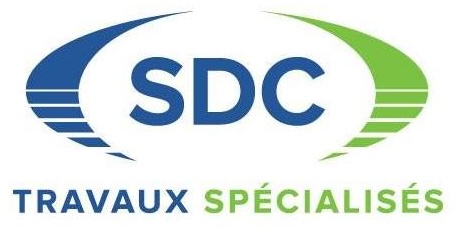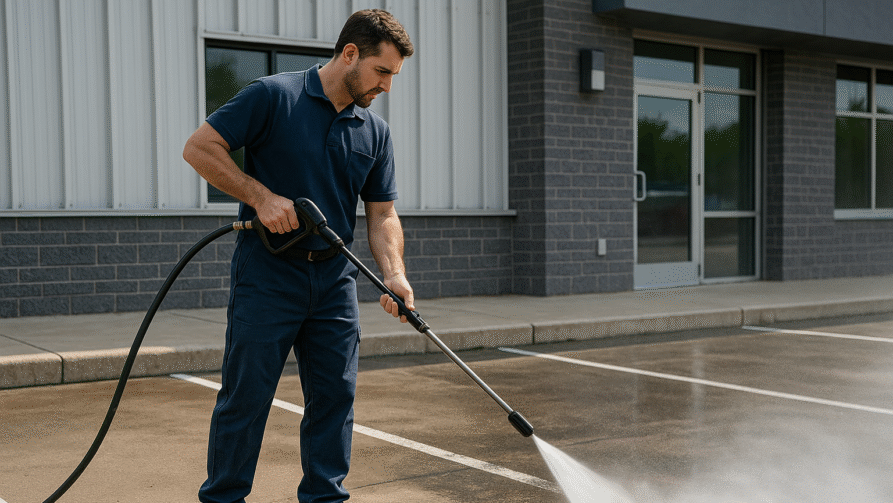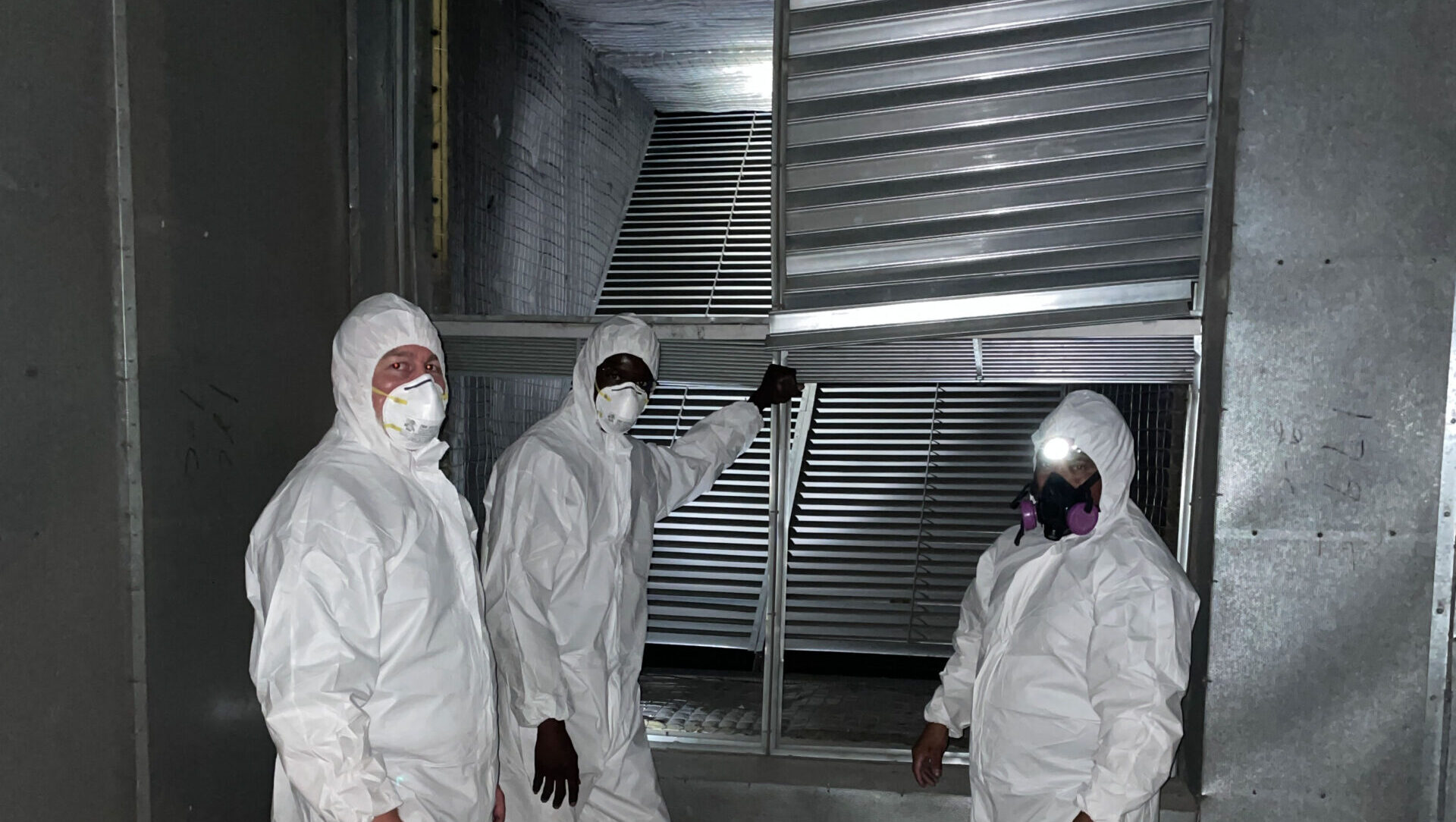Imagine being able to clean sensitive equipment without disassembling it, without water, and without leaving a trace.
That’s exactly what dry ice allows.
Long reserved for high-tech industrial sectors, this method is now becoming an essential tool for companies focused on efficiency and safety.
In many cases, traditional methods reach their limits. Too slow, too risky, or too expensive.
Are you looking to reduce downtime, avoid chemicals, or reach complex areas without damaging components? Dry ice cleaning may be the solution.
This technology, also called cryogenics or cryogenic cleaning, uses high-velocity CO2 pellets. It effectively removes dirt without abrasion, moisture, or secondary residue.
In this article, you’ll discover how dry ice cleaning works, its main benefits, and in which cases it stands out as the best option.
Whether you're a plant manager, maintenance supervisor, or industrial cleaning contractor, you’ll come away with a better understanding of this innovative method and concrete reasons to integrate it into your operations.
What is dry ice cleaning?
It’s an industrial cleaning technique using solid carbon dioxide (CO2) pellets. These are projected at high speed onto a surface. Upon contact, dry ice undergoes sublimation—in other words, it changes from solid to gas without leaving residue. That’s what makes dry ice cleaning so clean and fast.
What kinds of dirt can be removed with dry ice?
Dry ice cleaning allows for the removal of :
- Industrial grease and oils
- Mold and fungi
- Soot, light rust, and paint deposits
- Combustion contaminants
It is therefore useful in various contexts, including after disasters or for regular maintenance. Thanks to dry ice, surfaces are cleaned without damage, even in hard-to-reach areas.
Is it safe for fragile equipment?
Yes. Unlike other techniques, dry ice is neither abrasive, conductive, nor corrosive. It can be used on electronic components and delicate surfaces. Additionally, it requires no drying or secondary cleaning. Dry cryogenic cleaning can therefore treat sensitive equipment with high precision.
Yes. Unlike other techniques, dry ice is neither abrasive, conductive, nor corrosive. It can be used on electronic components and delicate surfaces. Additionally, it requires no drying or secondary cleaning. Dry cryogenic cleaning can therefore treat sensitive equipment with high precision. It is, however, essential to follow CO2 safety standards, such as those described by the CNESST.
What are the main advantages of this technology?
Here are the benefits that make this method unique :
- No chemicals used
- No secondary residues to clean
- Reduced production downtime
- Environmentally friendly
- Remote cleaning or access to difficult zones
Who can benefit from it?
Several sectors use cryogenic cleaning :
- The food industry (production areas)
- The pharmaceutical sector
- Manufacturing companies
- Mechanical workshops and factories
- Disaster restoration or disinfection services
Frequently asked questions about dry ice cleaning
Is it noisy?
Yes, the process generates noise, like any high-pressure projection. However, it remains tolerable with hearing protection equipment.
Is it more expensive than traditional methods?
Not necessarily. Since there’s no secondary cleaning, time and labor savings are often substantial.
Can you clean without disassembling machines?
Yes. Dry ice allows for cleaning in place. This reduces downtime and preserves the precise settings of equipment.
Why choose dry ice for your industrial cleaning needs
Dry ice offers a fast, safe, and clean alternative to traditional industrial cleaning. Whether it’s to restore a building after a fire or maintain a production line, cryogenic cleaning meets specific needs effectively. Don’t hesitate to contact a specialized company to find out if this technology is suitable for your operations.






